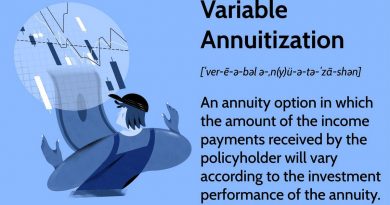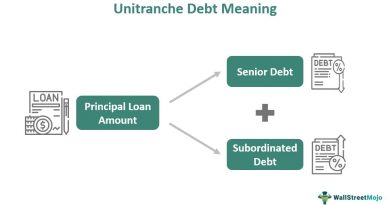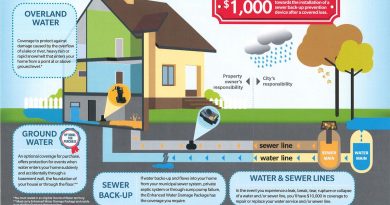Microenterprise Definition Types Example

Contents
Microenterprise: Definition, Types, Example
What Is a Microenterprise?
A microenterprise, also known as a microbusiness, refers to a small business that employs few people. It usually operates with fewer than 10 employees and is started with a small amount of capital. Most microenterprises specialize in providing goods or services for their local areas.
Key Takeaways
- Microenterprises are small businesses funded with modest startup loans.
- They are financed by microcredit, which is available to people who have no collateral, credit history, or employment history.
- Microcredit has helped improve the quality of life in developing countries and provides products or services needed in their communities.
- The concept of microfinance and microenterprises was developed by Muhammad Yunus, founder of Grameen Bank in Bangladesh.
Understanding Microenterprises
Microenterprises are small businesses financed by microcredit, a small loan available to people who lack collateral, credit history, savings, or employment history. The loans are often sufficient to start a small local business.
These businesses improve the quality of life for people in developing countries and add value to the local economy. They can boost purchasing power, improve income, and create jobs.
Microfinance helps microenterprises by loaning them small amounts of capital. This allows individuals or families with moderate, low, or no income to start their own businesses and contribute to their communities.
Many banks grant microloans, but nonprofit organizations specifically cater to microenterprise. Like regular loans, repayment with interest is required.
The idea of microenterprises and microfinance was developed in the late 1970s in Bangladesh. Muhammad Yunus developed Grameen Bank in 1976 to provide microloan financing to impoverished people, many of whom were women.
Since then, many organizations have developed microenterprise programs, many of which cater to people in developing nations.
Special Considerations
Because microenterprises are small, aggressive strategies are needed for growth. For instance, a vendor may operate a cart for making and selling gyros on busy street corners. Scaling the business up the way a fast-food franchise does is challenging unless the vendor has the resources to hire others who can perform the same task consistently and the assets to acquire more carts.
The scope of the operation is tightly focused, limiting access to financial advice and expertise. While microenterprises can provide income to themselves and staff, they may lack liquidity to expand.
Microenterprises can grow into larger companies, such as by acquiring multiple comparable businesses and combining them into a larger entity that operates in several areas.
Types of Microenterprises
Microenterprises can collectively represent a substantial portion of the economy and employment. Examples of microenterprises include:
- Lawn and landscaping companies
- Street vendors
- Carpenters
- Plumbers
- Independent mechanics
- Machine shop operators
- Shoemakers
- Small farmers
Bakery owners, caterers, seamstresses, dry cleaners, and tailors can also be considered microenterprises.
Criticism of Microenterprises
Supporters of microenterprises and microcredit argue that they provide people with viable employment opportunities and a regular income, helping them escape poverty.
However, critics raise concerns about the concept of microenterprises forcing people into debt. Loans come with high-interest rates, and paying them off may take longer, especially for recipients without collateral or credit history.
Some recipients may even use the funds for purposes other than starting their own business.
Critics of microenterprises argue that high-interest rates can trap people in a cycle of debt that they may not be able to escape.
Example of Microenterprise
A woman in a developing country may use microcredit to take out a loan to purchase a sewing machine. She could use the machine to establish a microenterprise specializing in tailoring, increasing her income and helping her community by providing a service.



